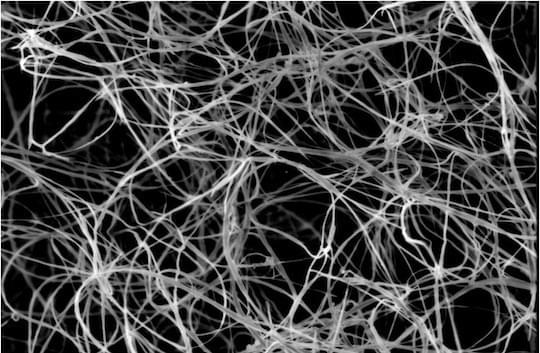Researchers from Rice University claim that processing boron nitride nanotubes used to be challenging, but not anymore.
Professors Matteo Pasquali and Angel Martí, along with their team of researchers, have simplified the handling of the highly valuable nanotubes, making them more suited for use in large-scale applications including electronics, aerospace, and energy-efficient materials.
According to the study’s findings published in Nature Communications, boron nitride nanotubes, also known as BNNTs, can self-assemble into liquid crystals when exposed to certain circumstances, particularly concentrations of chlorosulfonic acid that are greater than 170 parts per million by weight.
